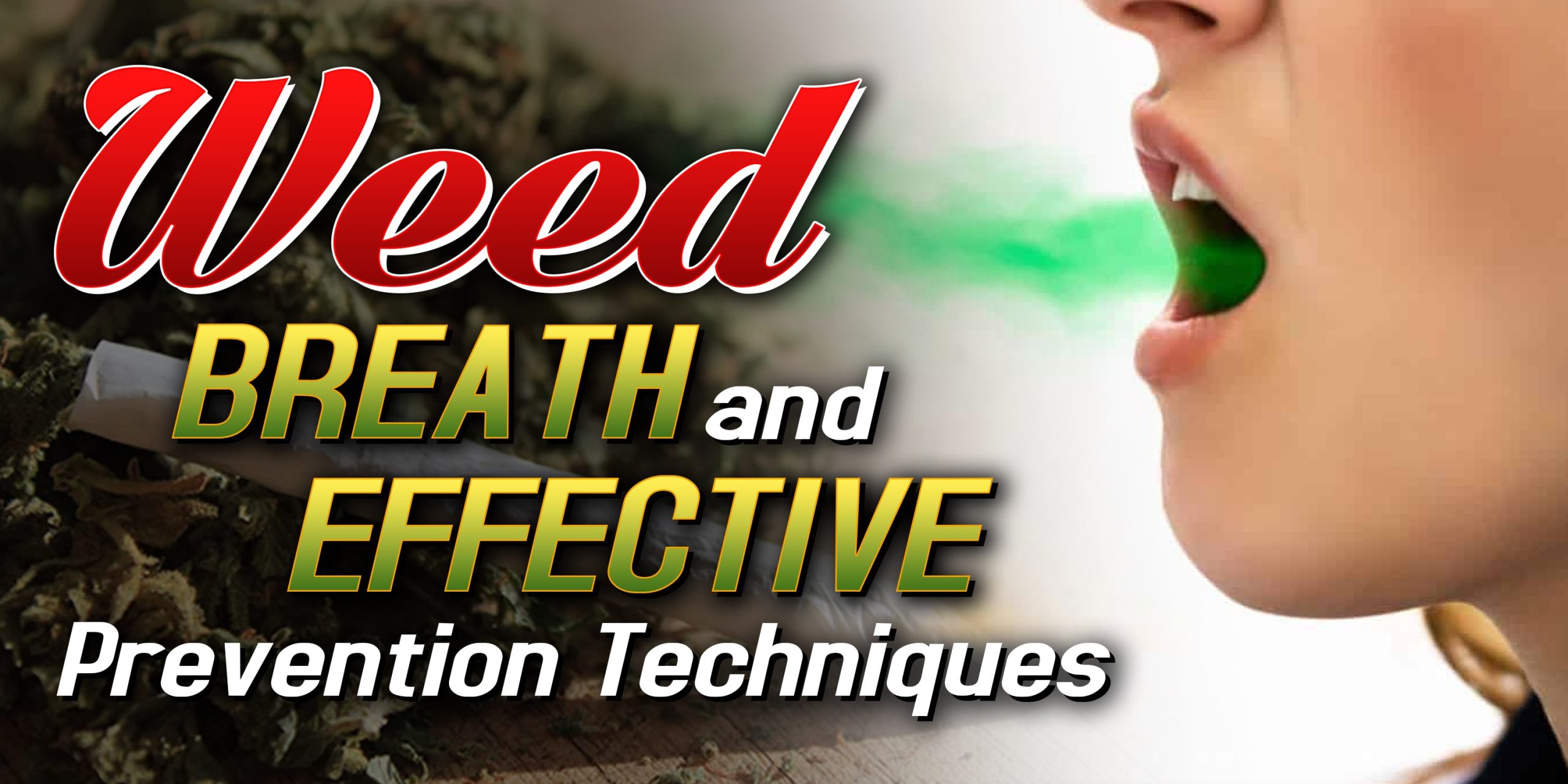Yellowing of cannabis leaves is a common issue that can indicate underlying problems within the plant. In this comprehensive guide, we will delve deeper into the various causes of marijuanas plants yellow leaves and provide detailed solutions to help you overcome these challenges and cultivate thriving plants.
Understanding the Causes of Yellow Leaves
Yellow leaves on cannabis plants can be an alarming sight for any grower, but they are often a symptom of underlying issues rather than a direct problem themselves. It’s crucial to delve into the root causes of yellowing foliage to effectively address the issue. Nutrient deficiencies, environmental stressors, pests, and diseases are the primary culprits behind yellow weed leaves.
Nutrient Deficiencies
Nutrient deficiencies are a prevalent concern among cannabis growers and can manifest in various ways, including cannabis leaves yellowing. Each essential nutrient plays a vital role in the plant’s growth and development. For instance, nitrogen deficiency typically presents as yellowing starting from the bottom leaves, while magnesium deficiency leads to interveinal yellowing. Understanding these symptoms can aid growers in identifying and remedying nutrient deficiencies promptly.
Environmental Stress
Cannabis plants are sensitive to their environment, and any deviations from optimal conditions can induce stress, resulting in yellow leaves. Environmental stressors such as inadequate lighting, temperature fluctuations, improper watering, and humidity imbalances can all contribute to leaf discoloration. Maintaining stable environmental parameters is crucial to minimize stress and promote healthy plant growth.
Pests and Diseases
Pests and diseases pose significant threats to cannabis plants, often causing yellow leaves on weed plants along with other symptoms. Common pests include spider mites, aphids, thrips, and diseases such as powdery mildew and fungal infections. Early detection and intervention are key to preventing widespread damage. Implementing integrated pest management practices and maintaining plant hygiene can help mitigate these risks.
Effective Treatment Methods for Yellow Leaves on Weed Plants
Once the root cause of yellowing leaves has been identified, implementing effective treatments is essential for restoring plant health and vitality. Let’s explore some targeted approaches to treating yellow cannabis leaves and promoting overall plant wellness.
Nutrient Supplements
Addressing nutrient deficiencies often requires supplementing the affected plants with the missing nutrients. Choosing the right fertilizer or nutrient solution tailored to cannabis cultivation can provide the necessary elements for healthy growth and development. By understanding the role of each nutrient and their interaction within the plant, growers can make informed decisions when selecting and applying supplements to combat yellowing leaves.
Watering Optimization
Optimizing watering practices is key to preventing and remedying yellowing cannabis leaves caused by water-related issues. Fine-tuning watering frequency, adjusting drainage systems, and monitoring moisture levels in the growing medium can help maintain an optimal balance of hydration for the plants. By incorporating techniques such as bottom watering or using moisture meters, growers can ensure that their plants receive adequate water without risking overwatering or underwatering.
pH Management
Managing pH levels in the growing medium is essential for facilitating nutrient uptake and preventing deficiencies that can lead to yellowing leaves. Regularly testing the pH of the soil or hydroponic solutions and making necessary adjustments using pH modifiers ensures that plants have access to the nutrients they need for healthy growth. Exploring advanced pH monitoring technologies and automated dosing systems can streamline pH management processes and provide greater precision in maintaining optimal growing conditions.
Pest Control Strategies
Pest infestations can wreak havoc on cannabis plants, causing leaf damage and yellowing as a result. Implementing integrated pest management strategies that combine biological, cultural, and chemical control methods can effectively manage pest populations while minimizing environmental impact. Identifying common cannabis pests, monitoring plant health regularly, and taking preventive measures such as quarantine protocols and sanitation practices can help safeguard crops against infestations and reduce the risk of yellowing leaves.
Conclusion
Yellowing of cannabis leaves can result from a variety of factors, including nutrient deficiencies, improper watering, and pest infestations. By understanding the underlying causes and implementing targeted solutions, growers can effectively address these issues and promote the health and vitality of their plants. Regular monitoring and proactive management are key to preventing and mitigating problems before they escalate. By prioritizing plant health and implementing best practices, growers can cultivate thriving cannabis crops and achieve optimal yields.
FAQs
1. What are some common signs of nutrient deficiencies in cannabis plants?
Common signs of nutrient deficiencies in cannabis plants include yellowing or discoloration of leaves, stunted growth, leaf curling, and necrosis (death of plant tissue).
2. Can nutrient deficiencies in cannabis plants be accurately diagnosed without professional help?
While growers can often identify nutrient deficiencies based on visual symptoms, accurate diagnosis may require professional assistance or laboratory testing of soil and plant tissue samples to determine specific nutrient imbalances.
3. How can I prevent pest infestations in my cannabis garden?
To prevent pest infestations in cannabis gardens, implement integrated pest management (IPM) strategies such as regular monitoring, maintaining proper sanitation practices, using physical barriers like row covers, and introducing beneficial insects or natural predators to control pest populations.
4. Are there any organic methods to address nutrient deficiencies in cannabis plants?
Yes, organic methods to address nutrient deficiencies in cannabis plants include amending soil with organic compost or fertilizers, using organic foliar sprays such as compost tea or seaweed extract, and practicing companion planting to enhance nutrient uptake and soil fertility.
5. What should I do if I suspect my cannabis plants are suffering from multiple issues simultaneously?
If you suspect your cannabis plants are experiencing multiple issues simultaneously, carefully assess environmental conditions, nutrient levels, and pest pressures to identify the root cause(s) of the problems. Consider seeking guidance from experienced growers or horticultural professionals to develop a comprehensive action plan tailored to your specific situation.





















